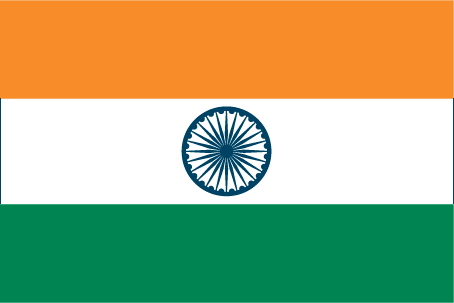Indonesia United States Singapore Japan Canada Malaysia Netherlands France United Kingdom Germany Timor-Leste China Qatar Hong Kong Poland India Ireland Australia Taiwan Russia South Korea United Arab Emirates Saudi Arabia Cambodia Hungary Brunei Darussalam Kuwait Sweden Thailand Philippines Turkey Vietnam Italy Czech Republic South Africa Norway Portugal Nigeria Brazil Finland Spain Guinea Mozambique Romania Tanzania Oman Angola Switzerland Bulgaria Mexico Ukraine Bangladesh Pakistan New Zealand Austria Belgium Luxembourg Zambia Iraq Algeria Greece Denmark Micronesia Bahrain Libya Papua New Guinea Myanmar Jordan Azerbaijan Egypt New Caledonia Latvia Morocco Nepal Kenya Malta Cyprus Cameroon Sri Lanka Kazakhstan Colombia Senegal Gabon Seychelles Laos Armenia Argentina Afghanistan Cote D'Ivoire Lebanon Equatorial Guinea Sierra Leone Lithuania Liberia Venezuela Israel Iran South Sudan Republic of the Congo Macao Ghana Chile Peru Croatia Guyana Serbia Costa Rica Albania Belarus Georgia Mauritius Palestinian Territory Belize Mongolia Mali Democratic Republic of the Congo Mauritania Yemen Estonia Barbados Curacao Chad Trinidad and Tobago Solomon Islands Gibraltar Dominican Republic Tunisia Suriname North Macedonia Malawi Bahamas Ethiopia Slovakia Saint Vincent and the Grenadines Jamaica Togo Gambia Greenland Eswatini Fiji Cocos (Keeling) Islands Madagascar Syria Iceland Panama Moldova India Flag Meaning & Details 318 VISITORS FROM HERE! India Flag Flag Information three equal horizontal bands of saffron (subdued orange) (top), white, and green, with a blue chakra (24-spoked wheel) centered in the white band saffron represents courage, sacrifice, and the spirit of renunciation white signifies purity and truth green stands for faith and fertility the blue chakra symbolizes the wheel of life in movement and death in stagnation note: similar to the flag of Niger, which has a small orange disk centered in the white band
Learn more about India » CIA - The World Factbook
 Previous Country | Next Country
Previous Country | Next Country  » Back to Flag Counter Overview
» Back to Flag Counter Overview
 Previous Country | Next Country
Previous Country | Next Country  » Back to Flag Counter Overview
» Back to Flag Counter Overview